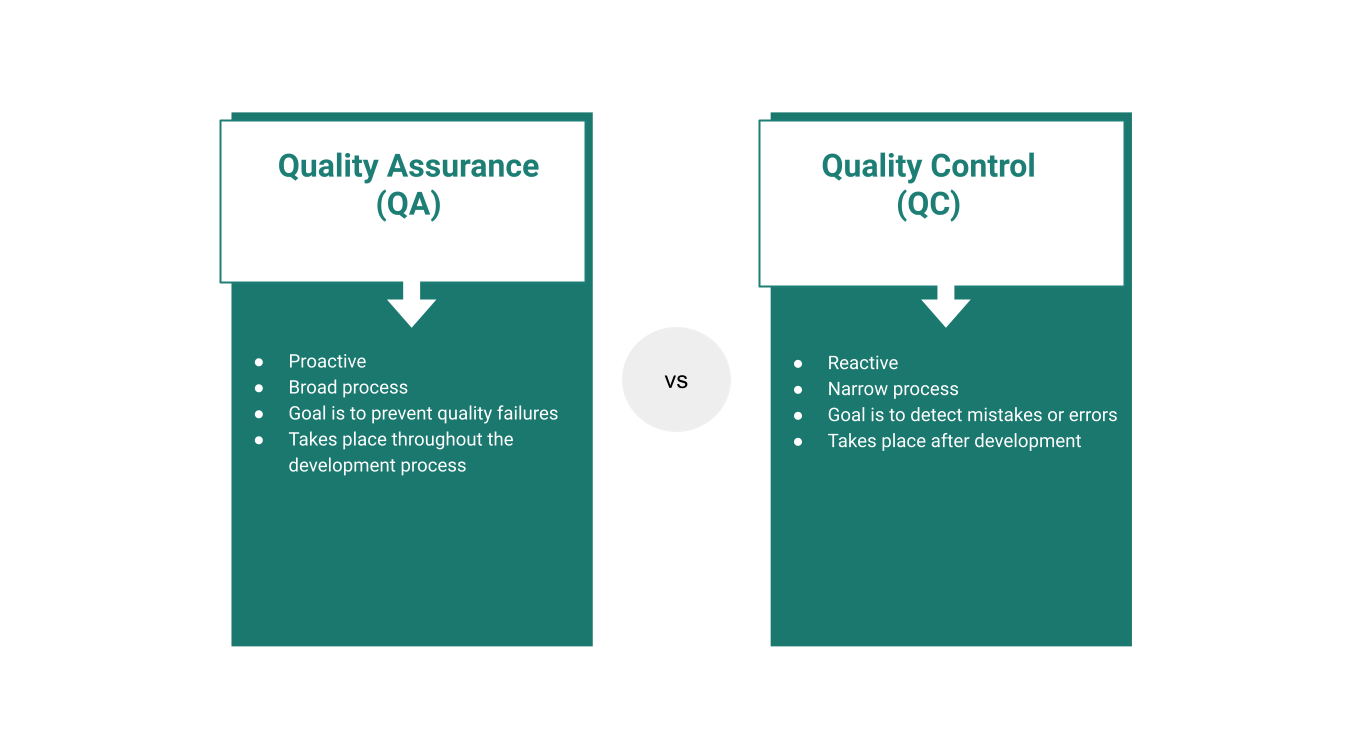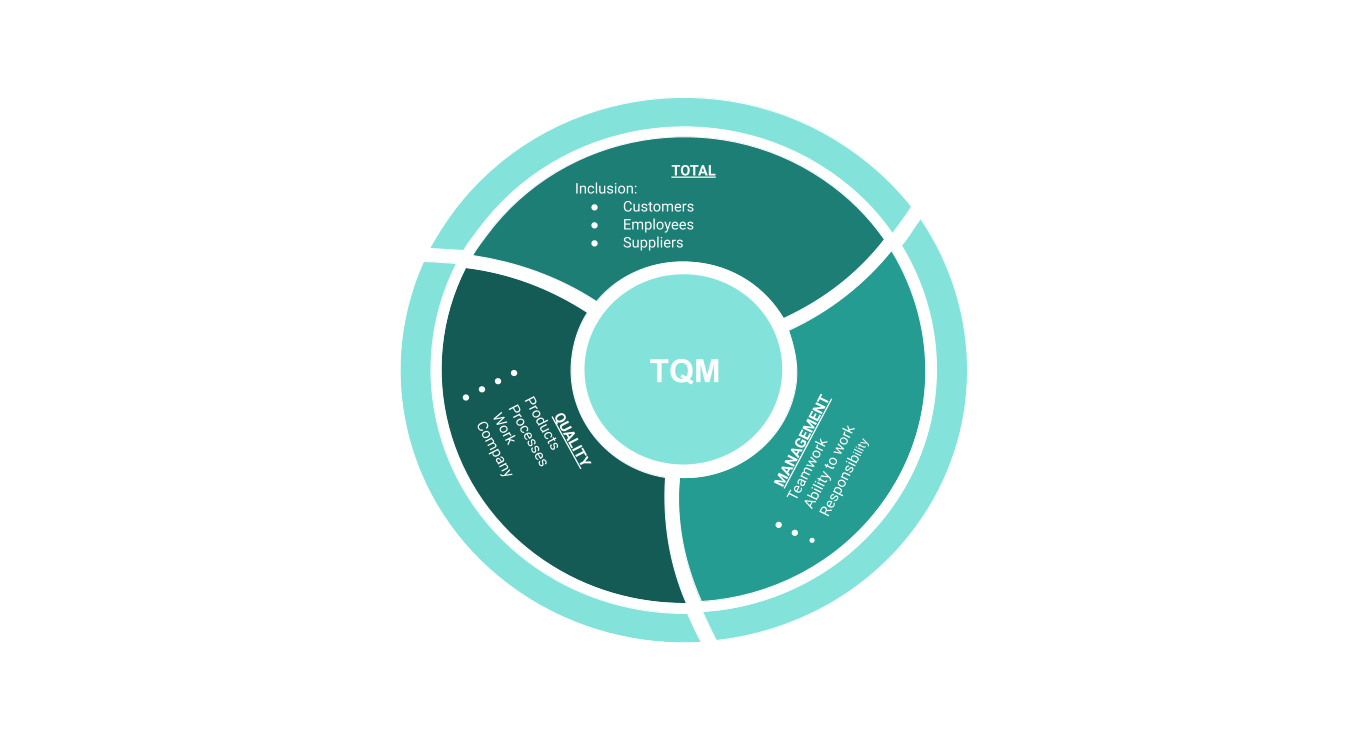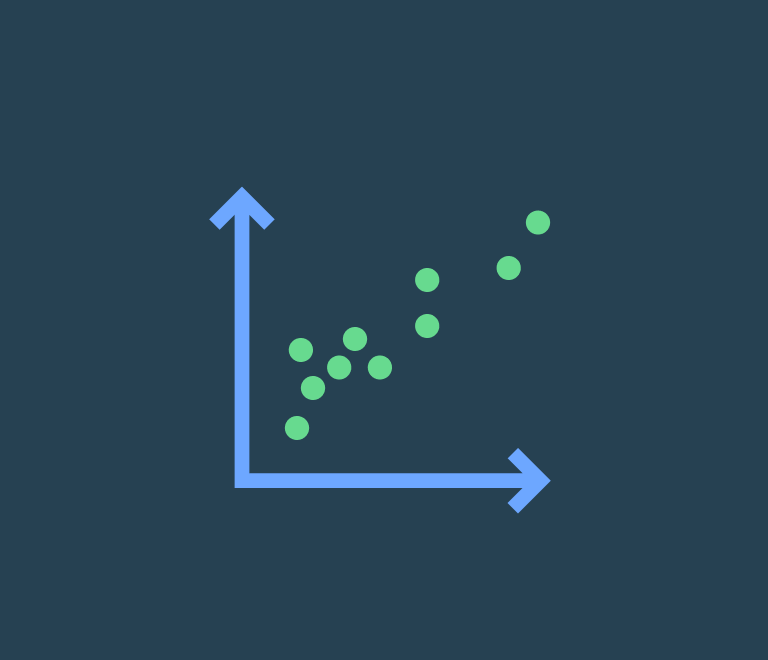Uncovering Root Causes: A Guide to the Fishbone Diagram (Ishikawa Diagram)
Project Quality Management: Essence, History, and Key Tools
Most project managers aim to create the best possible product or service. However, even the most skilled and educated teams can fail without a solid project quality management plan in place. In this article, we will explore the concept of quality management and see what techniques are used to provide reliable quality in projects.
What is Quality Management?
Quality Management refers to the process of overseeing all activities and tasks needed to maintain a desired level of excellence. It involves the determination and implementation of quality policies, objectives, and responsibilities to ensure that products, services, and processes meet the required standards and satisfy customer expectations.
Project Quality Management should be planned from the beginning and monitored throughout the project lifecycle through three key quality management processes:
- Quality Planning. Defining clear project goals and quality requirements, answering key questions about deliverables, customer satisfaction, and success metrics.
- Quality Control. Monitoring project results to ensure compliance with requirements, identifying and correcting problems to deliver on promises while keeping the project on budget and on schedule.
- Quality Assurance. Preventing quality failures by ensuring best standards and continuous improvement throughout all development stages.

7 Key Quality Management Tools
To ensure that processes and outcomes meet standards, project managers rely on a variety of tools designed to identify, analyze, and address quality-related issues. There are seven fundamental instruments that have been proven to be effective across various industries:
1. Fishbone Diagram (Ishikawa Diagram or Cause-and-Effect Diagram). Fishbone diagrams are used to identify the root causes of a problem. By organizing potential causes into categories, these diagrams help teams systematically explore and analyze all possible reasons for a specific issue.
2. Control Charts (Shewhart Charts). Control charts are used to monitor process stability over time. They plot data points against control limits to determine whether a process is in a state of statistical control. If data points fall outside these limits, it signals a potential issue that needs investigation.
3. Check Sheets. Check sheets are structured forms for collecting and analyzing data. They help in gathering data systematically and consistently, making it easier to identify patterns or trends.
4. Pareto Charts. Pareto charts are a type of bar chart that helps identify the most significant factors in a dataset. Based on the Pareto Principle (80/20 rule), these charts illustrate which factors are contributing the most to a particular problem, allowing organizations to prioritize their efforts effectively.
5. Histograms. Histograms are graphical representations of data distribution. They show the frequency of data points within specified ranges, providing insight into the underlying patterns and variability of a process. This helps in understanding the normal operating conditions and identifying any deviations.
6. Flowcharts. Flowcharts are visual representations of a process, detailing each step from start to finish. They help in understanding and analyzing the workflow, identifying bottlenecks, redundancies, or areas for improvement.
7. Scatter Diagrams. Scatter diagrams plot pairs of numerical data to identify relationships between variables. By analyzing the patterns and correlations, organizations can uncover potential cause-and-effect relationships and drive targeted improvements.
What is Total Quality Management?
 Historically, quality management approaches were shaped by pioneers like Walter Shewhart, Joseph Juran, W. Edwards Deming, and Philip Crosby. Their ideas led to the development of the Total Quality Management (TQM) concept.
Historically, quality management approaches were shaped by pioneers like Walter Shewhart, Joseph Juran, W. Edwards Deming, and Philip Crosby. Their ideas led to the development of the Total Quality Management (TQM) concept.
TQM is a mindset that involves all employees in quality management rather than a specific department. Each employee strives to perform their job well and critically analyze their work, contributing to continuous process improvement.
What is Not Considered Quality?
The term "gold plating" refers to providing more than what the customer expects, often with negative connotations. This practice is seen as an antithesis to proper quality management.
Gold plating can arise from agency problems, when managers try to please customers more than it is required while sponsors expect managers to act in their interests without adding unnecessary features. Essentially, gold plating is considered theft from the sponsor.
Cost of Quality
The cost of quality involves deciding how much to invest in achieving zero defects or reducing defects to an acceptable level. For example, in the medical equipment or aerospace industries, the cost of quality is very high due to the high cost of errors. Based on the investment we are ready to make in minimizing errors, project plans are refined, adjustments are made to the Work Breakdown Structure (WBS), schedules, and budgets.
Conclusion
The success and reputation of your business depend on your ability to deliver successful projects. That is why project quality is a crucial thing. A failed project can damage client relationships and deter future business. Additionally, poorly managed projects can drain internal resources, wasting time and money. Without a system to measure performance, you may only realize a project has failed when it’s too late.
Implementing a robust quality management system allows you to measure performance proactively, identify issues early, and ensure projects meet or exceed expectations. By prioritizing project quality, you safeguard your business's reputation, optimize resource utilization, and pave the way for continued growth and client satisfaction.
About the Author
Sergey Koshevoy is the CEO of Planyway and a seasoned product manager, bringing a wealth of experience in project management and team collaboration tools. A guru of project management techniques, Sergey is passionate about creating intuitive and efficient solutions that help teams work smarter and achieve their goals.


